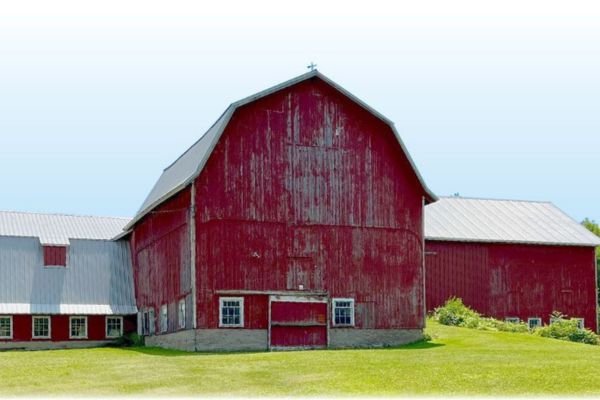Open Space and Farmland Protection Options
Conservation Easement: This is the primary tool available for protecting privately-owned land.
Identifies a right to use land for a particular purpose under specified standards.
Restricts development or certain uses to preserve or maintain stated existing conditions.
Follows the property and is binding on all successive fee owners.
Each easement is individually written to meet the desired intent of the landowner.
The easement can be given or sold to a qualified public or not-for-profit entity.
The restriction on land lowers its value and can be used for tax and estate planning.
Check out our Easement Q&A page for more info.
Bargain or Conservation Sale
This is a sale of property at less than full market value to a not-for-profit land trust.
The difference between fair market value and sale value is considered a gift, providing tax breaks to the property owner.
Land trust places conservation easements on property before selling to another owner.
The seller may profit as much from a bargain sale as from a full market value sale after tax benefits.
Purchase of Development Rights
New York State does this through its competitive Farmland Protection Implementation Grant (FPIG) program. Interested farmers apply through their town.
The farmer receives cash for the difference between market value and agricultural value of the land.
An easement which restricts development is placed on property. The farmer retains all other rights.
Restrictions and reservations are added to the property deed and held in perpetuity.
Gift of Land by Will
Provides for an orderly transfer of property to a group or individual for a desired use after the death of an owner.
Reduces or eliminates estate taxes if the gift is made to a land trust or non-profit organization.
Gift can be for a part or all of a property.
The Landowner establishes clear terms regarding type and term of desired use as well as property maintenance and monitoring procedures.
Reserved Life Estate
Owner deeds land to a beneficiary but maintains use and income from the property until death.
If the recipient is a not-for-profit, the grantor can take an annual tax deduction and reduce estate tax liability.
Owner stipulates future land use.
Agricultural Value Assessment
To qualify, the parcel must be at least 10 acres and generate at least $10,000 in gross agricultural sales.
Land is assessed for its agricultural use rather than its fair market value.
Value is based on soil type.
School and property taxes are based on agricultural value assessment, not the market value.
Portions of woodland are eligible.
Town does not have to be at full value assessment.
Farmers face a penalty on conversion to non-agricultural use.
The land must be in an Agricultural District and/or committed to agriculture for 8 years.
Your planned gift can provide lasting support to help CPF meet its mission of land protection. For more information on planned giving, see this page, or contact us at info@cazpreservation.org.




